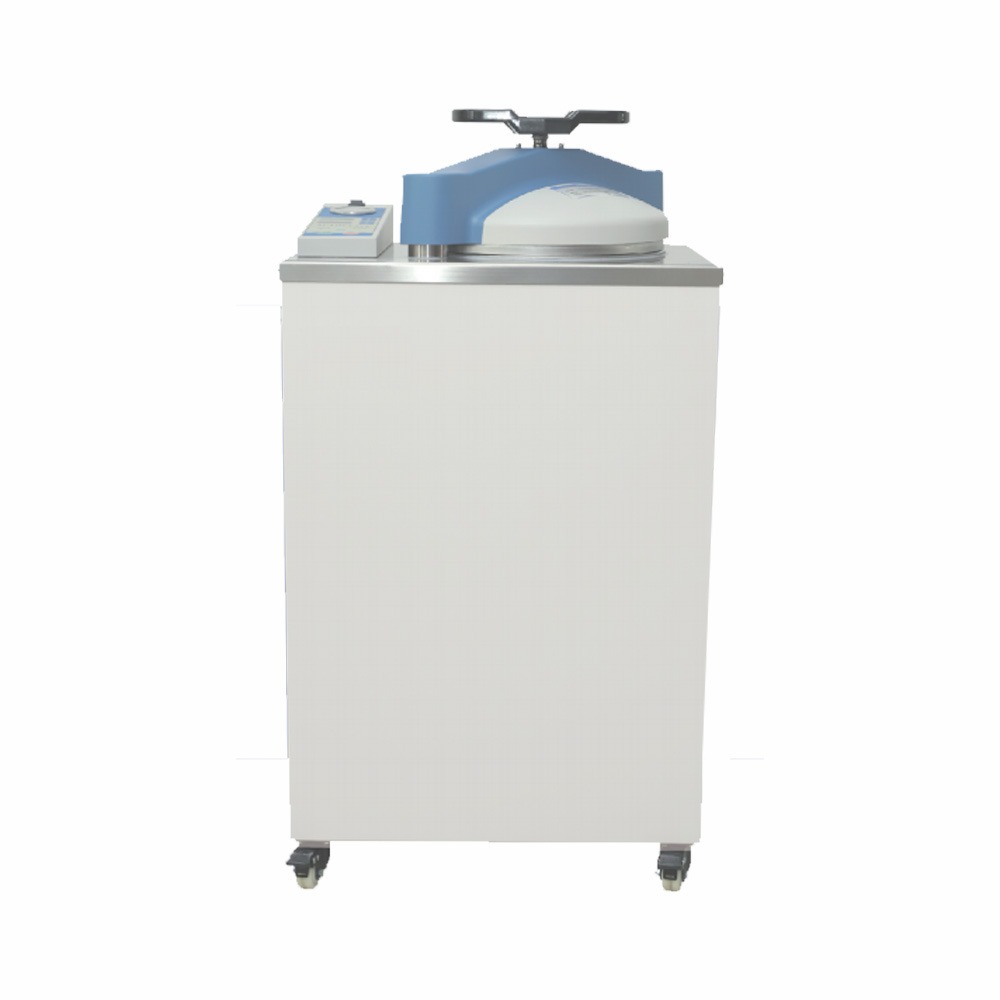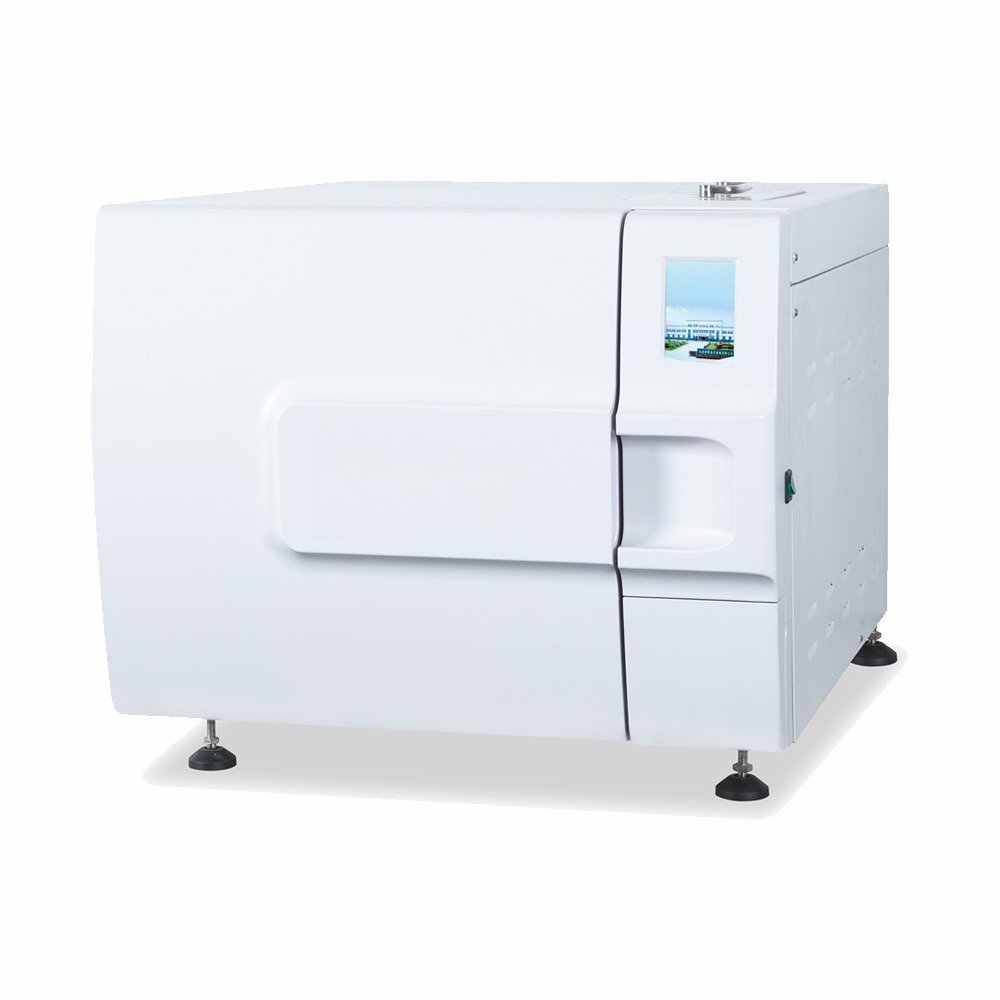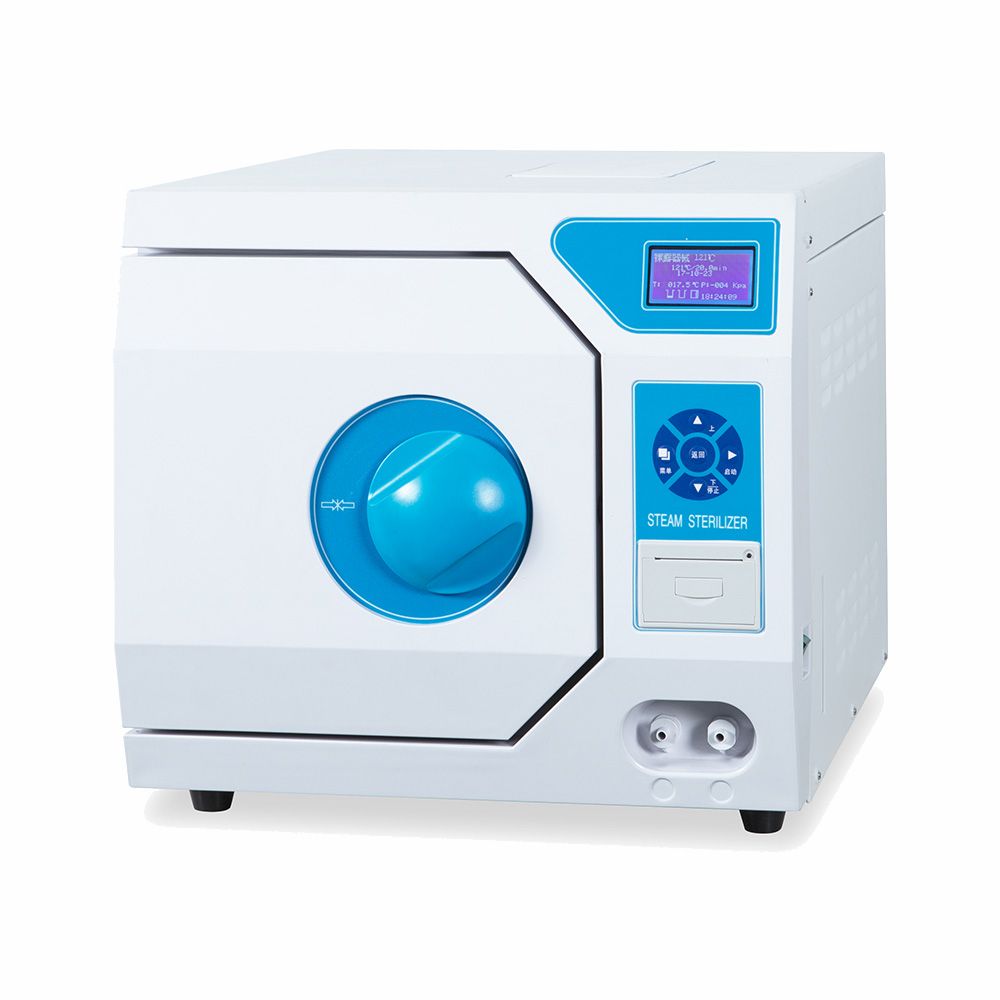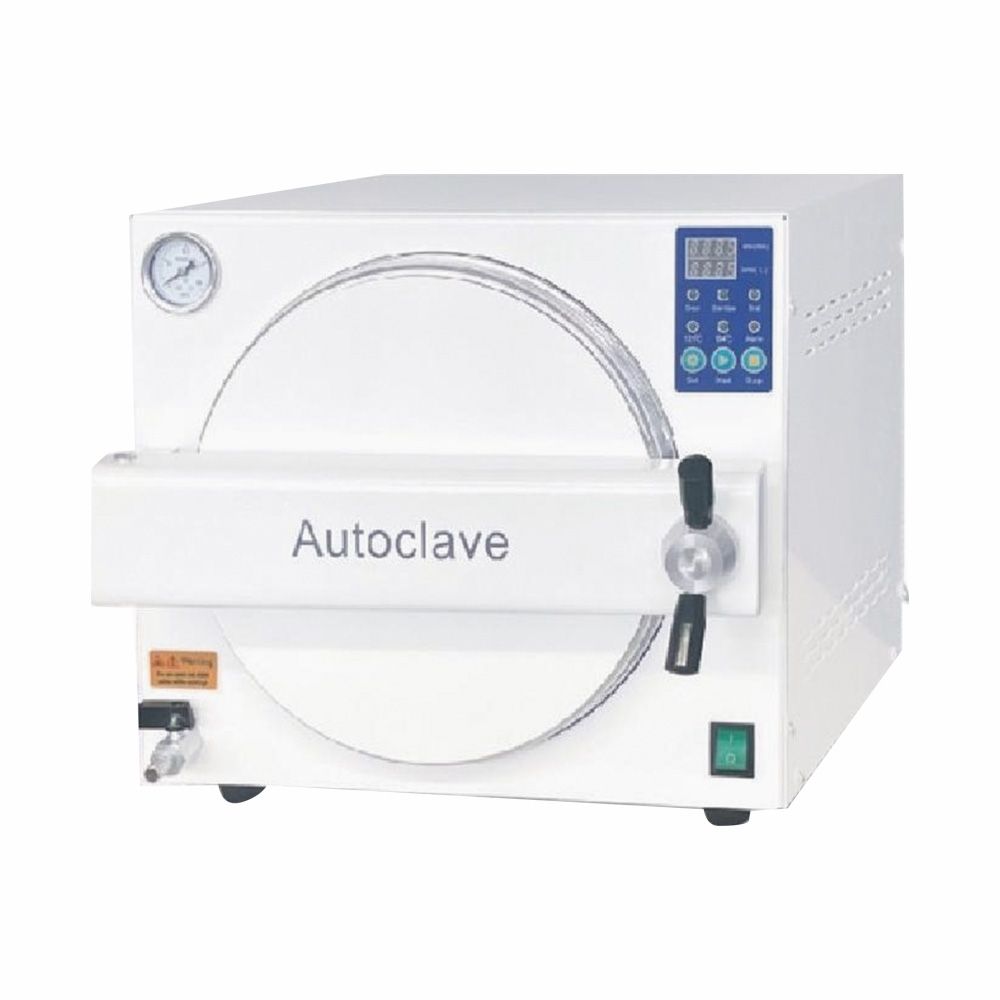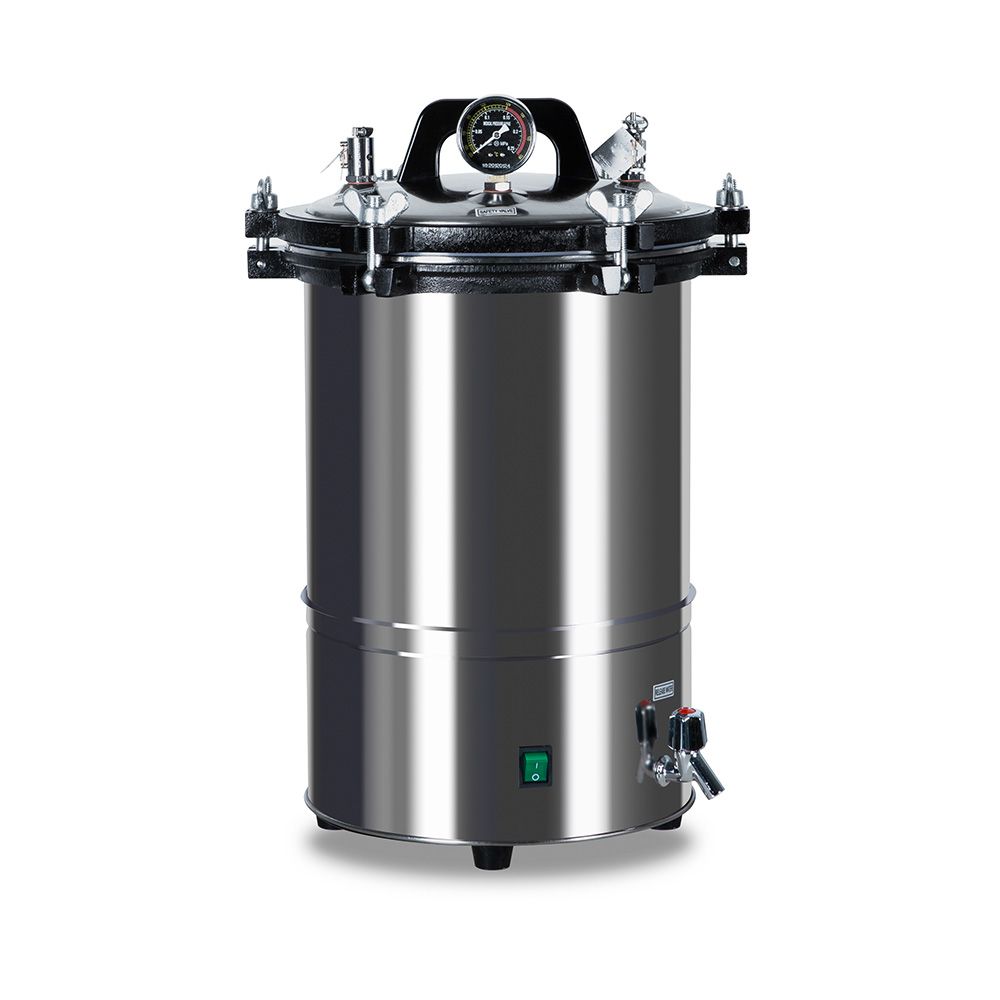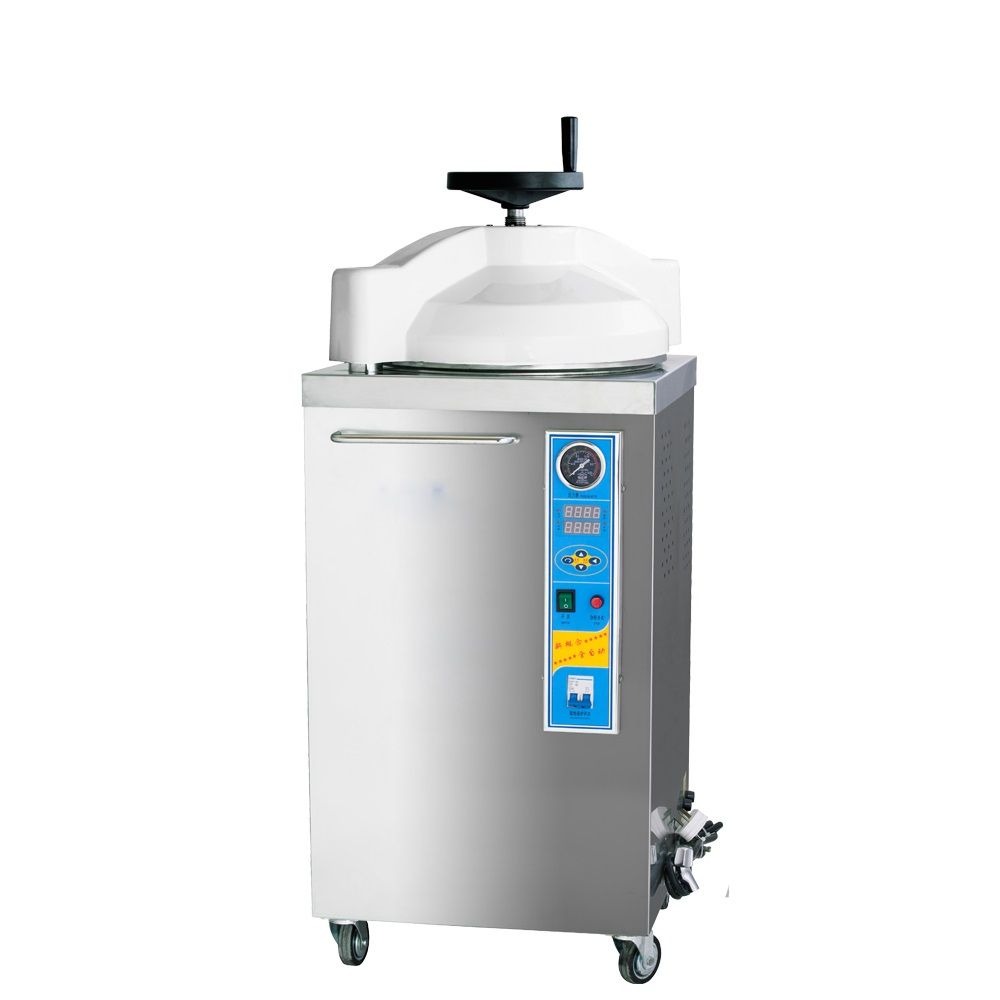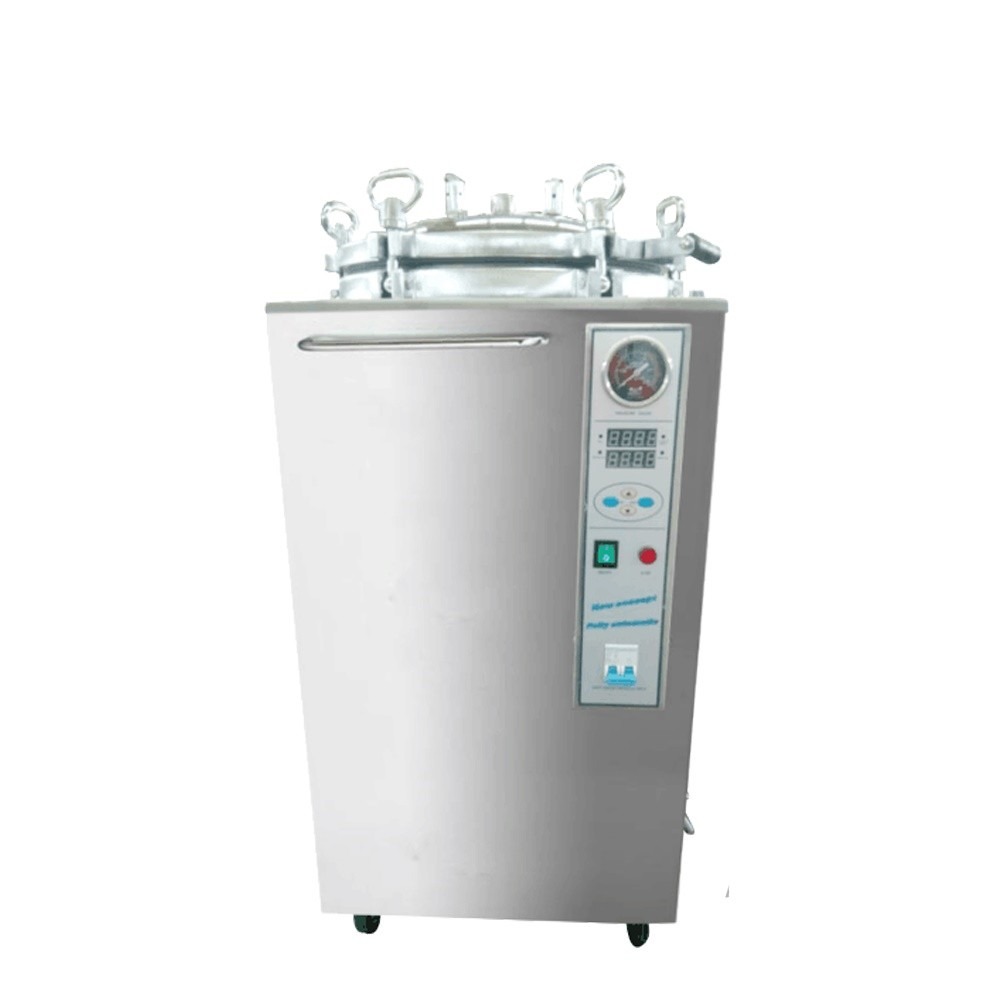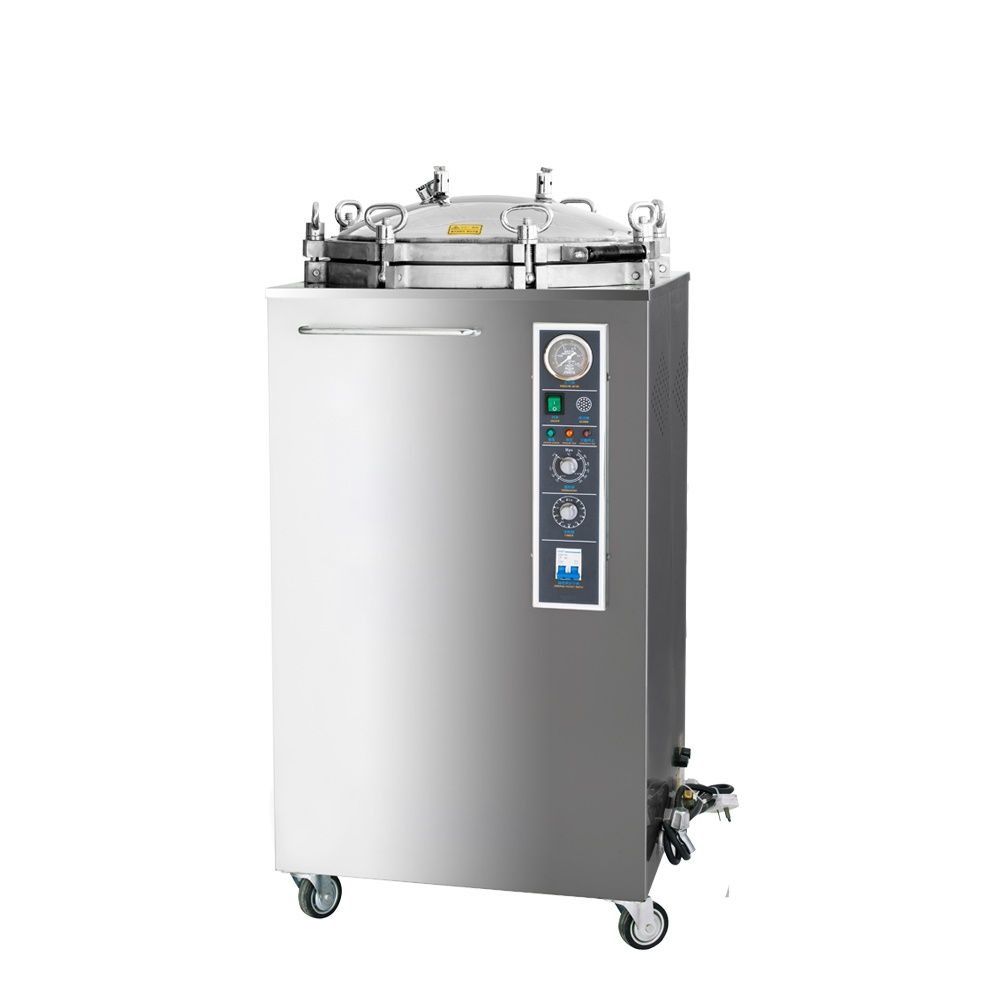Sterilization is a vital step in healthcare settings for preventing infection spread and ensuring patient safety. Autoclaving is one of the most extensively used sterilizing technologies due to its efficacy in destroying bacteria. Autoclaves employ high-pressure steam to penetrate and kill microorganisms in instruments, allowing them to be reused. In this article, we will discuss the topic of when instruments are sterilized in an autoclave, exploring the autoclave sterilization process and its benefits, and the essential considerations to achieve optimal sterilization outcomes in an autoclave.
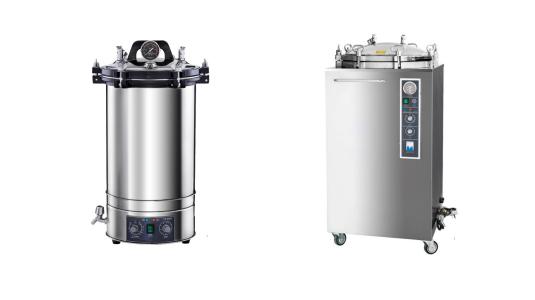
Comprehensive Overview of the Process of Autoclave Sterilization
Autoclave sterilization is the process of exposing instruments, equipment, and supplies to high-pressure steam at temperatures above the boiling point. The autoclave’s mix of heat and moisture provides an environment that successfully eliminates bacteria, viruses, fungus, and spores. This method is very useful for heat-resistant medical devices like surgical tools, dental equipment, and laboratory glassware.
Typically, the sterilization cycle begins with pre-vacuuming to eliminate air and improve steam penetration. The autoclave then raises the temperature to the required level, which is typically between 121 and 134 degrees Celsius (250 and 273 degrees Fahrenheit), while maintaining pressure between 15 and 30 pounds per square inch (psi). The exposure period will vary depending on the instrument type, load size, and amount of sterilization sought. When the cycle is over, the autoclave gradually lowers pressure, allowing the instruments to cool before being safely removed.
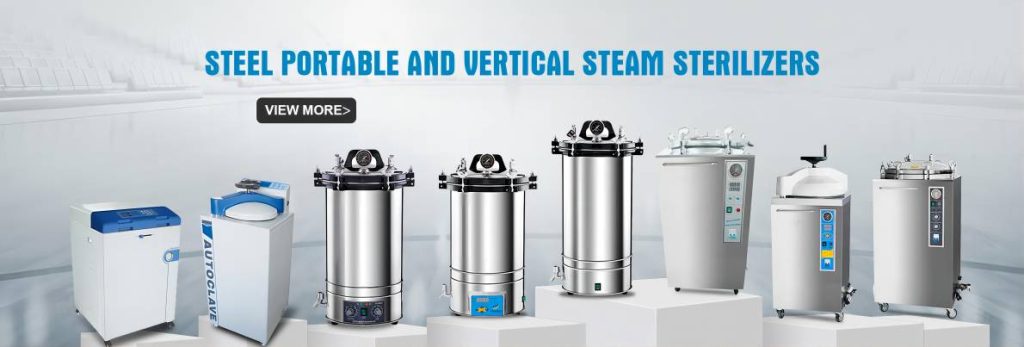
Benefits of Autoclave Sterilization
Autoclave sterilization is a highly successful approach for destroying a wide variety of microorganisms, including bacterial spores, which are frequently resistant to other types of sterilization. Even the most resistant diseases are destroyed by the combination of heat, pressure, and steam, thereby reducing the risk of healthcare-associated infections.
For healthcare establishments, autoclaving is a cost-effective alternative. Once the initial investment in autoclave equipment is made, the continuing expenditures are quite cheap as compared to other techniques of sterilization, such as chemical sterilization. Autoclaves also offer a large instrument load capacity, which allows for the effective processing of several items at the same time, saving time and resources.
Furthermore, autoclave sterilization is eco-friendly. It does not employ harsh chemicals or produce toxic byproducts, making it a sustainable sterilization method. The use of steam and heat eliminates the necessity for packaging goods, which reduces waste generation in healthcare institutions.
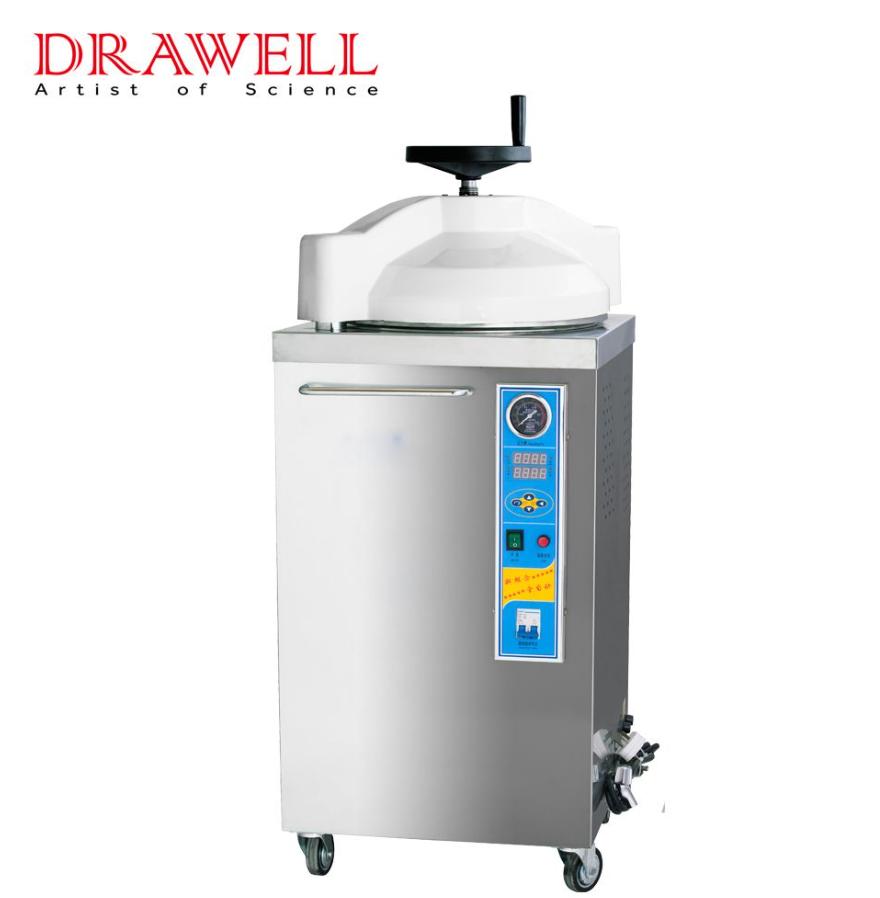
Key Considerations to Ensure Optimal Autoclave Sterilization
Proper Instrument Preparation
Before autoclaving, instruments should be thoroughly cleaned and decontaminated. Organic waste and debris must be removed in order for steam to penetrate and sterilize effectively. Disassembling instruments and removing any detachable parts should be done according to the manufacturer’s instructions.
Load Configuration
It is vital to set the instruments correctly inside the autoclave chamber. Overcrowding the chamber can stifle steam circulation and compromise sterilization. It is critical to leave enough space between items to allow steam to reach all surfaces. It is also critical to position devices with lumens or complex forms in a way that allows steam to penetrate.
Packaging Considerations
Some instruments may require packaging after autoclaving to ensure sterility. The compatibility of sterilization pouches or wraps with the autoclave procedure and the type of instrument should be considered while selecting them. Proper packaging material sealing is critical to preventing recontamination during storage and transportation.
Cycle Selection and Validation
Standard sterilization cycles, flash sterilization cycles, and liquid sterilization cycles are all available in autoclaves. The proper cycle should be chosen based on the instrument type, load size, and sterilization level sought. Validation of the chosen cycle is required to confirm that it meets the specified sterilizing parameters and regulatory criteria.
Monitoring and Documentation
To achieve consistent sterilization results, autoclave performance must be monitored on a regular basis. Biological indicators (BI) containing highly resistant bacterial spores are routinely employed to evaluate the sterilizing process’s efficiency. Physical indicators, such as time, temperature, and pressure gauges, should also be examined and calibrated on a regular basis. Traceability and quality assurance require detailed recording of sterilization cycles, including date, time, load contents, and results.
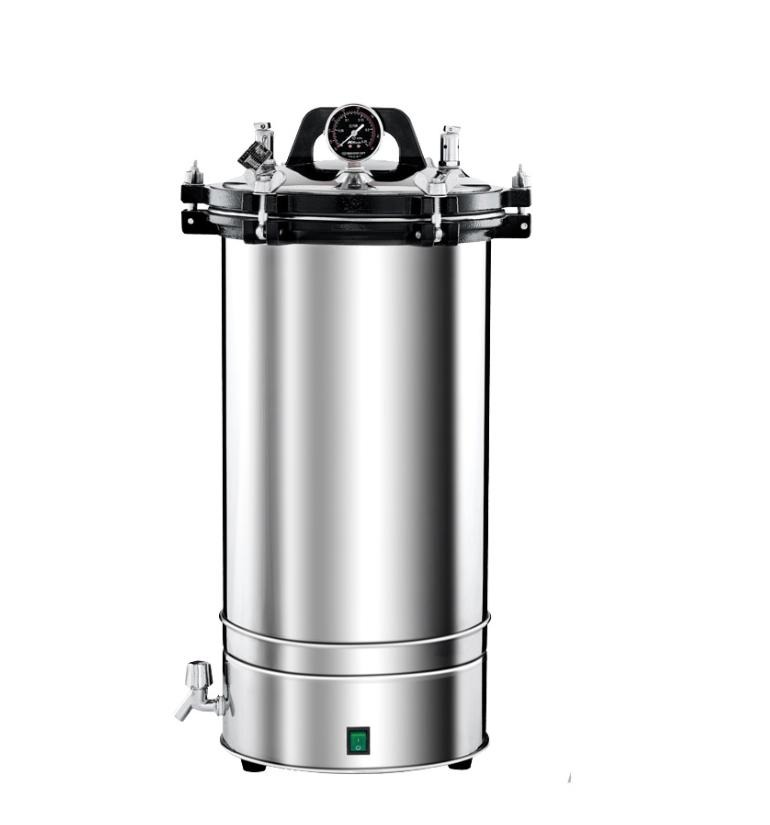
Summary
Autoclave sterilization is critical to ensuring a safe and infection-free healthcare environment. Autoclaves ensure the safety of patients and healthcare staff by effectively eliminating bacteria from instruments. Autoclave sterilization is an indispensable method in healthcare facilities due to its efficacy, cost-effectiveness, and environmental sustainability. It is critical to follow proper rules in order to acquire the best sterilizing results. Healthcare facilities may maintain the highest standards of infection control and patient safety by carefully implementing these measures.

